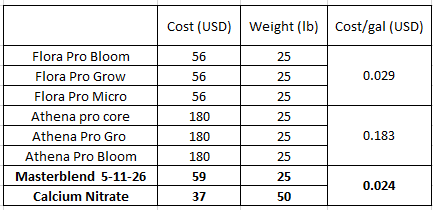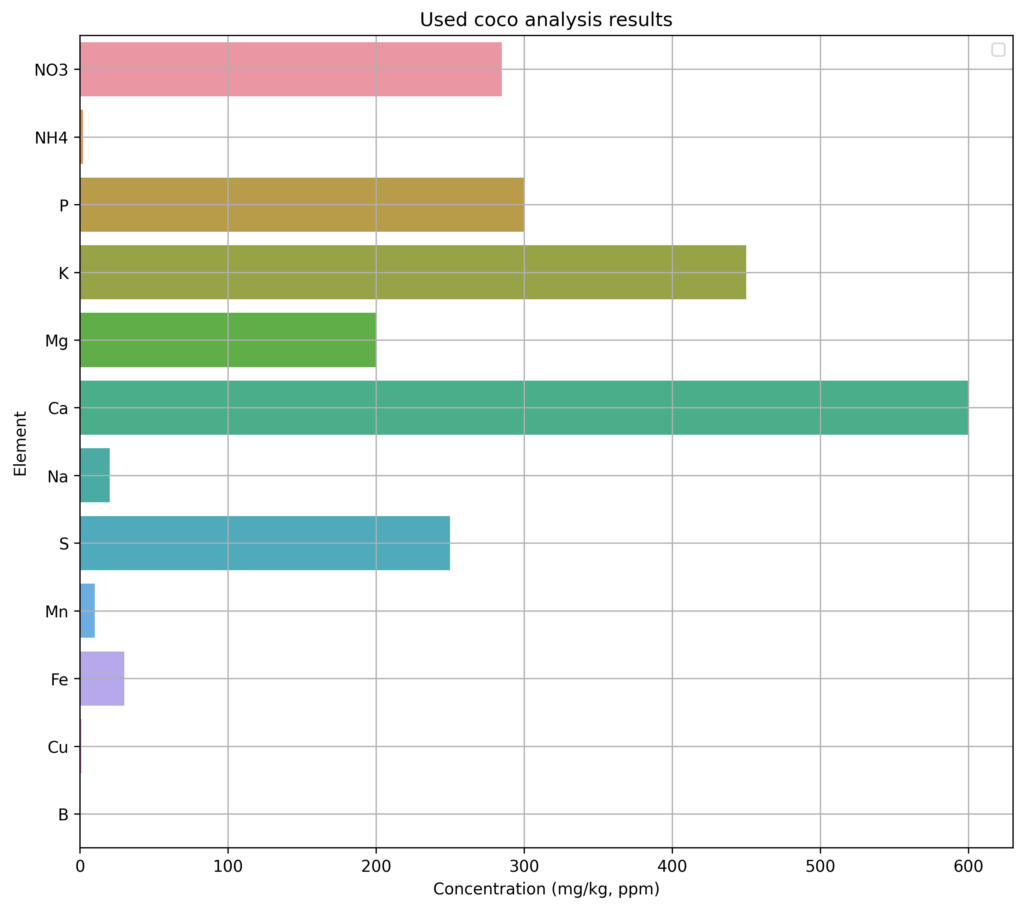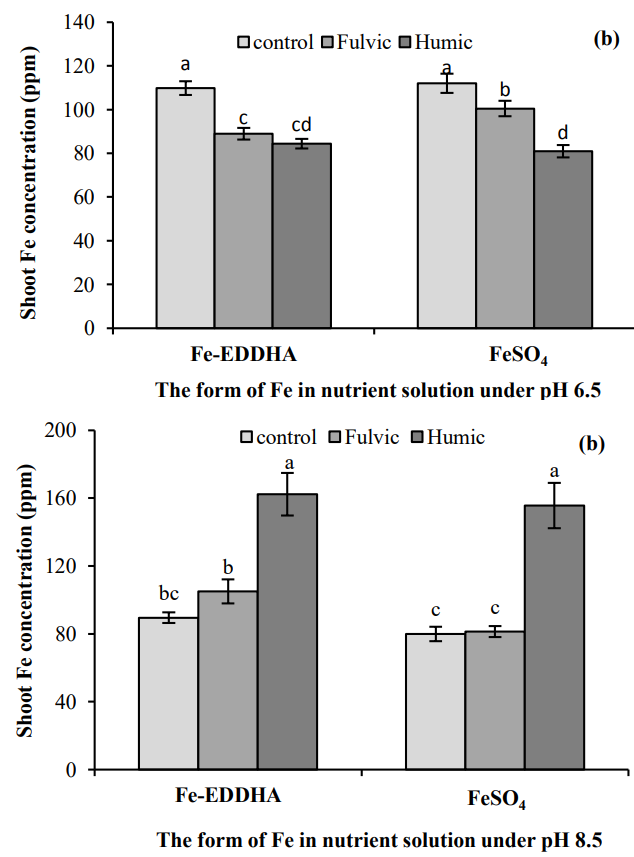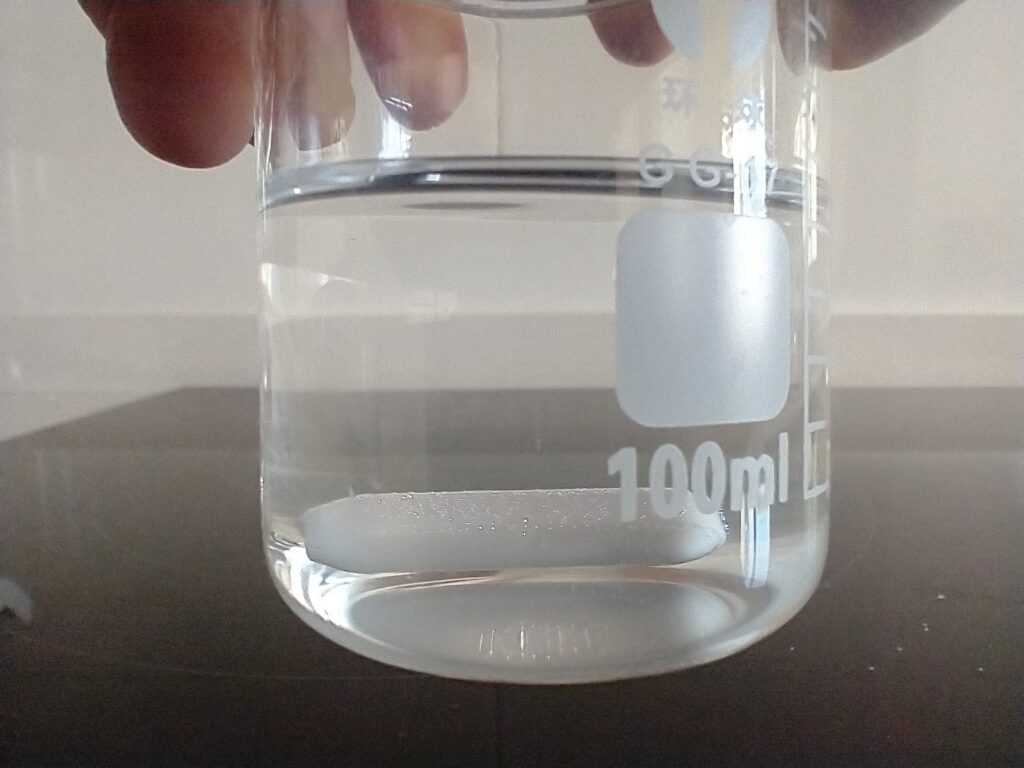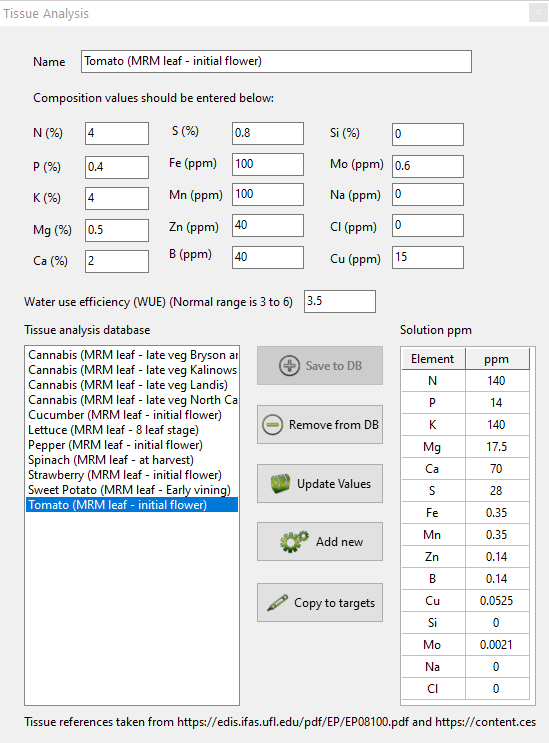Iodine in Hydroponic Crops: An Emerging Biostimulant
Introduction
Iodine sits in a weird spot in plant nutrition. It is essential for humans, not officially essential for higher plants, yet low, well chosen doses often push crops to perform better in controlled systems. The key is dose and form. Get either wrong and you tank growth. Get them right and you can see yield and stress-tolerance gains that are economically meaningful. Recent reviews lay out both the promise and the pitfalls, so let’s cut through the noise and focus on agronomically relevant hydroponic and soilless work only. (1)

Why iodine can behave like a biostimulant
Mechanistically, iodine at trace levels appears to influence redox balance and stress signaling and can even become covalently bound to plant proteins. Proteomic evidence has shown widespread protein iodination, and plants deprived of iodine under sterile hydroponics grow worse until micromolar-range iodine is restored. That does not make iodine “essential” in the strict sense, but it explains why tiny doses can trigger outsized responses. (2)
Form matters
Across multiple hydroponic tests, iodide is absorbed faster and is more phytotoxic than iodate. In basil floating culture, growth was unaffected by roughly 1.27 ppm iodine as KI or 12.69 ppm iodine as KIO3, but KI above about 6.35 ppm iodine cut biomass hard, while KIO3 needed far higher levels to do the same. That is a practical takeaway for nutrient solution design. Favor iodate when you are exploring a new crop or cultivar. (3)
Evidence from hydroponic and soilless crops
Lettuce
A classic water-culture study ran 0.013 to 0.129 ppm iodine in solution and saw no biomass penalty while leaf iodine rose predictably. Iodide enriched tissue more than iodate at equal iodine, which is useful if your target is biofortification, not just a biostimulant effect. (4)
Under salinity, iodate becomes more interesting. In hydroponic lettuce with 100 mM NaCl, about 2.54 to 5.08 ppm iodine as KIO3 increased biomass and upregulated antioxidant metabolism, which is exactly what you want in salty recirculating systems. Push higher and the benefits fade. (5)
Strawberry
Hydroponic strawberry responded to very low iodine. Iodide at or below 0.25 ppm and iodate at or below 0.50 ppm improved growth and fruit quality, while higher levels reduced biomass and hurt fruit quality metrics. You do not have much headroom here. (6)
Basil
Greenhouse floating culture trials on sweet basil showed cultivar-specific tolerance but the same pattern every time. KI starts biting growth above single-digit ppm iodine, while KIO3 is far gentler at comparable iodine. Antioxidant capacity trends are cultivar dependent, so do not generalize “more phenolics” as a guarantee of better growth. (7)
Tomato
Tomato is where yield effects get real. In growth-chamber work, fertigation with iodate at roughly 6.35 to 12.69 ppm iodine increased fruit yield by about 30 to 40 percent in a small-fruited cultivar. In a greenhouse trial with a commercial hybrid, much lower iodine in solution, around 0.025 to 1.27 ppm as KIO3, still improved plant fitness and mitigated part of the salt penalty. Dose tolerance depends on the system and the genotype, so copy-pasting numbers between cultivars is a bad idea. (8)
Cabbage
Hydroponic Chinese cabbage tested 0.01 to 1.0 ppm iodine as KI or KIO3. Uptake and partitioning behaved differently by species and form. The practical read is that both forms work for biofortification within that band, but I would still lean iodate first for safety. (9)
Working ranges seen in hydroponic or soilless trials
| Crop | System | Iodine form used | Dose range tested in literature (ppm as I) | Observed direction of effect |
|---|---|---|---|---|
| Lettuce | Water culture | Iodide and iodate | 0.013 to 0.129 | Neutral on biomass, strong tissue enrichment at all doses tested |
| Lettuce under salinity | Hydroponic with 100 mM NaCl | Iodate | ~2.54 to 5.08 | Biomass increased, antioxidant system activation |
| Strawberry | Hydroponic | Iodide and iodate | Beneficial at or below 0.25 (I−) and 0.50 (IO3−) | Growth and fruit quality improved at low doses, declines above |
| Basil | Floating culture | Iodide and iodate | Safe near 1.27 as KI, 12.69 as KIO3; toxicity above ~6.35 as KI | KI far more phytotoxic than KIO3 at equal iodine |
| Tomato | Substrate fertigation and growth chamber | Iodate | ~0.025 to 12.69 depending on setup | Yield and stress tolerance improved within study-specific bands |
| Cabbage | Hydroponic | Iodide and iodate | 0.01 to 1.0 | Both forms accumulated; response form-dependent |
Practical setup that does not wreck a crop
Start with iodate. It is consistently less phytotoxic in solution culture than iodide at the same iodine level. Use iodide later only if you have a clear reason. (7)
Leafy greens
Conservative exploratory band: 0.03 to 0.10 ppm iodine in solution during vegetative growth. If you are running saline conditions, you can test up to about 2.5 to 5.1 ppm as iodate for stress mitigation, but do not do this blind outside a salinity trial. (4) (5)
Strawberry
Keep solution iodine low. Try 0.05 to 0.25 ppm as iodide or 0.10 to 0.50 ppm as iodate. Expect quality shifts alongside biofortification, and expect penalties if you push higher. (6)
Basil
If you work with KI, do not exceed about 1.3 ppm iodine without a reason and tight monitoring. With KIO3, you have more headroom, but benefits are not guaranteed at the higher end. (7)
Tomato
In substrate systems, exploratory fertigation bands that have shown positive responses run roughly 0.025 to 1.27 ppm iodine as iodate for commercial cultivars. Higher doses around 6.50 to 12.50 ppm have improved yield in small-fruited genotypes under controlled conditions, but those are not starting points for a commercial house. (8)
Cabbage and other Brassicas
0.01 to 1.0 ppm works for biofortification trials in solution culture. Track form-specific uptake. (9)
Common failure modes
- Using iodide when you should have used iodate. Iodide is more phytotoxic in water culture. If you switch to iodide, cut the ppm accordingly and watch plants closely. (7)
- Copying doses between crops or between stress contexts. Lettuce under salt stress tolerated and benefited from multi-ppm iodate that would be overkill in non-saline runs. (5)
- Chasing biofortification at the expense of growth. Strawberry is very sensitive; the window for improvement is narrow and easy to overshoot. (6)
- Assuming universality. Tomato shows real yield gains, but the best range depends on cultivar and system. Validate locally. (8)
| Crop | Best form to start | Trial band to test next (ppm as I) | Notes you should not ignore |
|---|---|---|---|
| Lettuce | KIO3 | 0.03–0.10 for routine runs; up to 2.5–5.1 only in salinity trials | Tissue enrichment is easy at sub-ppm; benefits need stress context |
| Strawberry | KI or KIO3 | 0.05–0.25 as KI; 0.10–0.50 as KIO3 | Quality improved at low levels; penalties above |
| Basil | KIO3 | 0.5–3.0 | KI becomes risky above low single digits |
| Tomato | KIO3 | 0.025–1.27 in commercial substrate; leave 6.5–12.5 to controlled trials | Verify by cultivar; watch fruit quality metrics |
| Cabbage | KIO3 | 0.05–0.5 | Uptake is efficient; track partitioning by organ |
Final word
Iodine can behave like a biostimulant in hydroponics and soilless systems, but only if you respect its razor-thin margin between helpful and harmful. Start small, prefer iodate, and validate on your own cultivars and systems instead of trusting a one-size-fits-all recipe. If you need a broader framework for running precise biofortification trials in soilless production, recent reviews are clear about why controlled systems are the right place to do this work. (9)






